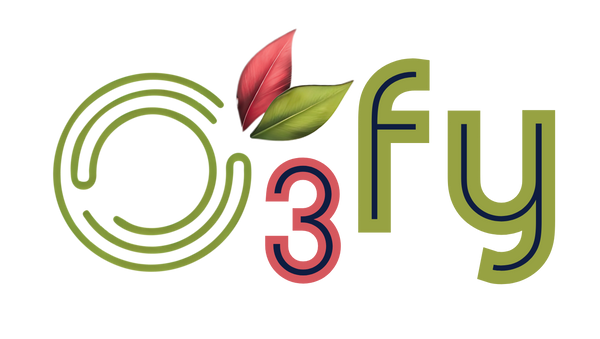
What is EWOT? The Science Behind Exercise With Oxygen Therapy
Exercise With Oxygen Therapy (EWOT) is an emerging wellness and performance practice that combines physical activity with inhalation of high-concentration oxygen. The idea is straightforward: by exercising while breathing enriched oxygen, the body receives a surplus of this vital molecule, leading to better cellular energy production, faster recovery, and improved overall vitality. EWOT has gained attention in both athletic and clinical settings as a tool for health optimization. But what does the science actually say?
Understanding Oxygen and Human Physiology
Oxygen is critical for aerobic metabolism. Inside our cells, mitochondria use oxygen to generate adenosine triphosphate (ATP)—the body’s primary energy currency. During exercise, oxygen demand increases. If supply does not match demand, the body relies on anaerobic metabolism, leading to fatigue, lactic acid buildup, and reduced endurance.
EWOT aims to address this mismatch by ensuring an abundant oxygen supply during exercise, thereby enhancing aerobic capacity, supporting faster recovery, and promoting tissue repair.
How EWOT Works
In a typical EWOT session:
- The participant wears a mask connected to a reservoir filled with oxygen (usually 90–95% purity).
- While wearing the mask, the participant performs light to moderate exercise (e.g., treadmill walking, cycling, or elliptical training) for 15–20 minutes.
- The combined effect of physical activity and high oxygen intake is thought to optimize circulation and oxygen delivery to tissues.
This synergy differentiates EWOT from simple oxygen inhalation at rest.
Scientific Evidence Supporting EWOT
Several studies highlight the benefits of combining oxygen therapy with exercise:
Improved Exercise Tolerance in Chronic Conditions
A study published in the International Journal of Chronic Obstructive Pulmonary Disease (2016) found that COPD patients who engaged in exercise training while receiving supplemental oxygen demonstrated improved exercise capacity compared to exercise alone.
Enhanced Recovery and Reduced Fatigue
Research in European Journal of Applied Physiology showed that breathing oxygen-enriched air during exercise accelerates lactate clearance, reducing fatigue and enhancing recovery.
Cardiovascular and Microcirculatory Benefits
A clinical review published in Medical Gas Research highlighted that hyperoxic exercise can enhance microcirculation, improve vascular function, and potentially support cardiovascular rehabilitation.
Potential in Anti-Aging and Cellular Health
Studies on Intermittent Hypoxia-Hyperoxia Training (IHHT), which alternates between low and high oxygen exposure during exercise, suggest improvements in mitochondrial function and reduced oxidative stress, markers associated with aging.
Benefits of EWOT
Based on current evidence and clinical practice, EWOT may offer:
- Increased energy production via better oxygen availability.
- Enhanced endurance and stamina for athletes and fitness enthusiasts.
- Faster recovery after physical exertion.
- Support in chronic disease management (e.g., COPD, cardiovascular disease).
- Improved circulation and vascular health.
- Anti-inflammatory effects that may support joint and tissue repair.
- Cognitive clarity and focus, due to improved oxygenation of the brain.
Limitations and Considerations
While promising, EWOT is not a cure-all. Some limitations include:
- Limited large-scale clinical trials: Most studies are small and condition-specific.
- Accessibility and cost: Oxygen concentrators and EWOT setups can be expensive.
- Individual variability: Benefits depend on health status, fitness level, and consistency of use.
- Medical supervision required for individuals with chronic illnesses or cardiovascular conditions.
Who Can Benefit From EWOT?
- Athletes seeking performance enhancement and quicker recovery.
- Older adults aiming to improve vitality, circulation, and energy.
- Patients with chronic conditions (respiratory or cardiovascular), under medical guidance.
- Biohackers and wellness enthusiasts interested in anti-aging and cellular optimization.
Conclusion
EWOT represents a powerful intersection of exercise and oxygen therapy. By combining moderate physical activity with oxygen enrichment, the body can optimize energy production, improve circulation, and accelerate recovery. While more large-scale studies are needed, existing evidence supports its role in athletic performance, chronic disease management, and overall wellness. As awareness grows, EWOT may become a mainstream therapeutic and preventive health practice.
For those considering EWOT, consultation with a healthcare provider is recommended, especially for individuals with pre-existing medical conditions.
